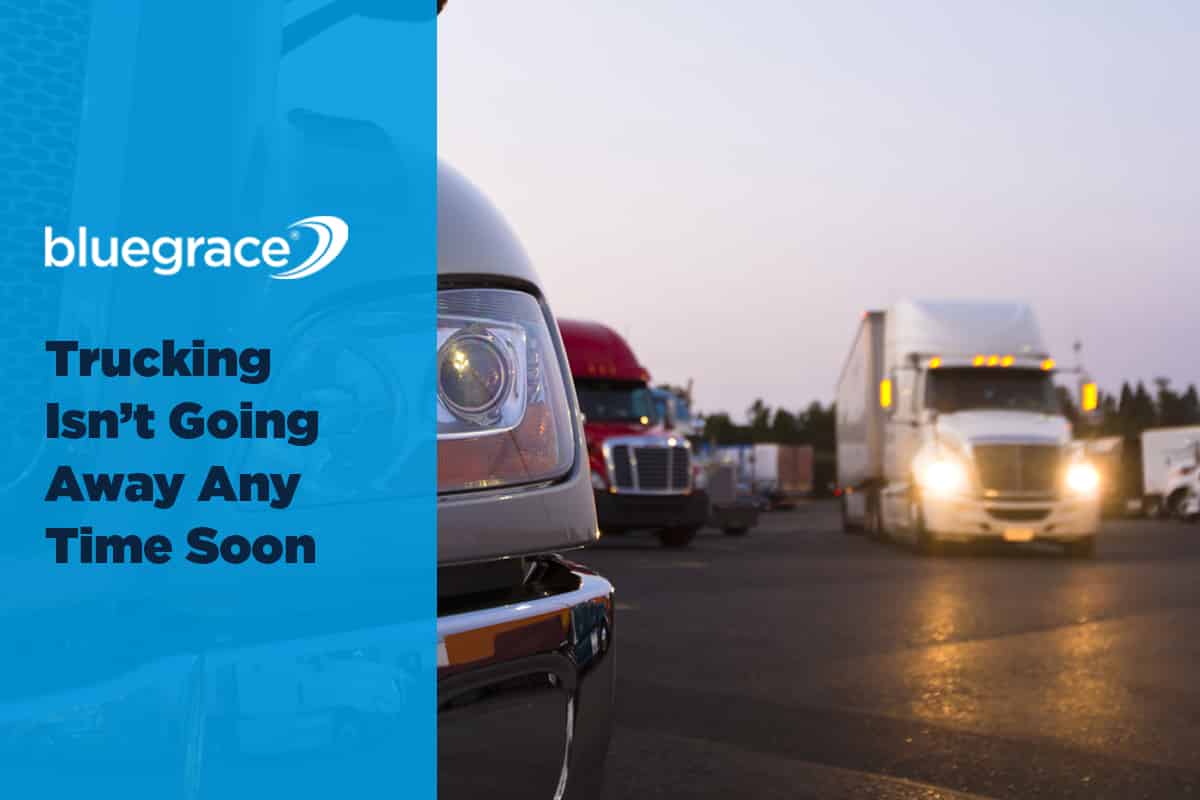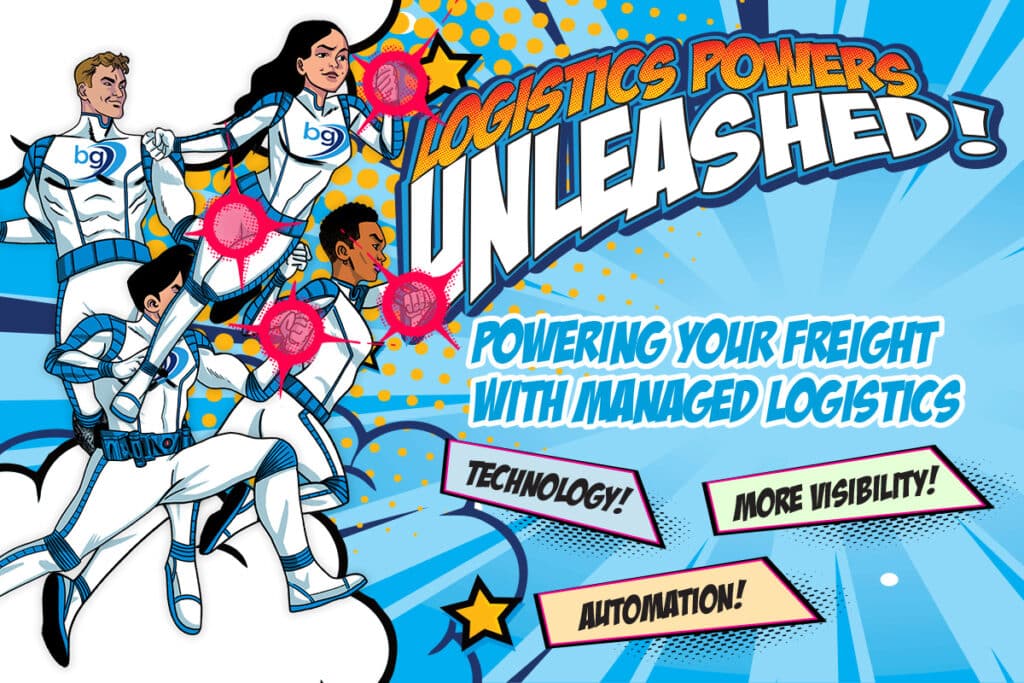

There is absolutely no doubt that we have entered into a new era of technology. As computing is getting more powerful, many technologies that were once science fiction are now either on the horizon or already here. Artificial intelligence, machine learning, and automation are three of the biggest hot tech topics out there.
While there is certainly a potential for job loss as this technology reaches maturity, that’s not likely to happen any time soon.
Of course, whenever new tech starts to hit the market, there is speculation as to what it means for the already existing framework of our reality. In this case, what do automated vehicles and AI mean for the truck driving industry? Currently, truckers move over 70 percent of all U.S. freight, by weight. The speculation is that we’ll see some 2-3 million jobs fall to the wayside as a result of emerging tech over the next few years. While there is certainly a potential for job loss as this technology reaches maturity, that’s not likely to happen any time soon.
According to the study: Industrial and Labor Relations Review, there is always a measure of attrition in terms of job loss when a new technology is introduced to an industry. However, there are three key reasons why truck drivers won’t be going away any time soon.
There’s More to Trucking than Just Driving
While it might seem like a truck driver has a fairly simple job of driving the truck from point A to point B, there’s a lot more to it than just that. Truck drivers also perform a number of other tasks in their daily routine. Everything from checking the status and upkeep of their vehicle and securing cargo, maintaining logs and invoices, and perhaps most importantly, customer service. While some of these tasks such as logs and vehicle status might be automated in the future, the technology isn’t there yet and some of those tasks aren’t even close to being ready for automation. For example, a smart sensor in the truck might be able to detect an imbalanced load or a flat tire, but it falls to the driver to fix that issue before rolling on down the road.
Customer service is also an incredibly important task of the truck driver
Customer service is also an incredibly important task of the truck driver, especially when you consider that customer service is one of the key distinguishers between companies today. Service needs a face, a smile, and a friendly voice and it’s that human interaction between the driver and the company that provides those necessities.
Fully Autonomous Trucks are Still on the Horizon
Just looking at the task of driving itself we can see that there are still quite some ways to go before trucks no longer need a driver. The Society of Automotive Engineers has developed the current standard to define automated vehicles on a scale of 0 to 5 with 0 being no automation and 5 being a fully automated and capable self-driving vehicle. Obviously, the amount of necessary human interaction/control goes down the higher up you go in the scale.
In fact, there tends to be a bit of sensationalism when it comes to headlines for automated vehicles. What we end up seeing is the full level 5 tests being touted as broad-scale implementation. These tests are very rare and conducted under carefully controlled conditions. In actuality, what we will see is somewhere between levels 2 to 3 where a human driver’s capabilities are augmented by robotics and automation. For example, the autonomous drive feature could take over for highway driving but for rural or city driving, it would be under human control.
Assume for a moment that level 4 automation was target for the trucking industry, how many jobs would that actually affect?
“Most of this development is focused on automating the long-haul/interstate portion of a truck trip, not short haul or local truck moves. We estimated the proportion of trucks in the U.S. that are used for long hauls, using the Vehicle Inventory and Use Survey (VIUS), last updated in 2002,” says an article from HBR.
“According to our computations, roughly one-quarter of all heavy trucks are used in long hauls of 201 miles or more, compared to roughly half of all heavy trucks used in relatively short ranges of operation (50 miles or less). Given that truck automation is currently targeted at these longer hauls, we are looking at potential job losses for roughly one-quarter of heavy truck drivers, or about 450,000 drivers, as the technology becomes more sophisticated and reliable over time and as regulatory obstacles are overcome,” HBR adds.
That is still a fairly significant number, but it is far from the millions of jobs lost that is being predicted now.
There’s Actually Fewer Drivers than People Think
Many of the sensationalized articles that are proclaiming the untold job loss at the hands of automation are also exaggerating the actual amount of human truck drivers employed in the United States. Most of the articles put the number around 3 million drivers when, in fact, that number is quite a bit smaller, meaning there are less jobs that can be lost due to the “total automation” scenario.
The federal government’s Standard Occupational Classification (SOC) system has a category called “Drivers/Sales Workers and Truck Drivers”, which is then divided into three smaller groups: “driver/sales workers”, “light truck or delivery services drivers” and “heavy and tractor-trailer truck drivers.”
The total pool employed within the broad heading is where most of these articles are getting the 3 million driver figure from. However, many who fall under one of these employment categories aren’t actually drivers or, if they are drivers, don’t fall under the risk of job loss due to automation.
Truckers Will Stay on the Road
Even if the technology for consistent level four technology was here, there would still be a heavy amount of government regulation to get through in order for it to be fully adopted throughout the industry. As there are so many variables to consider, there would likely need to be a massive infrastructure change for trucks to reach a level of autonomy that would completely remove human drivers from the picture.
It is fair to say, however, that as the technology continues to develop, we’ll likely see the amount of human drivers start to change roles.
It is fair to say, however, that as the technology continues to develop, we’ll likely see the amount of human drivers start to change roles. Instead of being phased out entirely, we’ll likely begin to see re-skilling of drivers into a different role that will continue to support the trucking industry. In light of all the challenges the industry is already facing, this could be a turn for the better.


